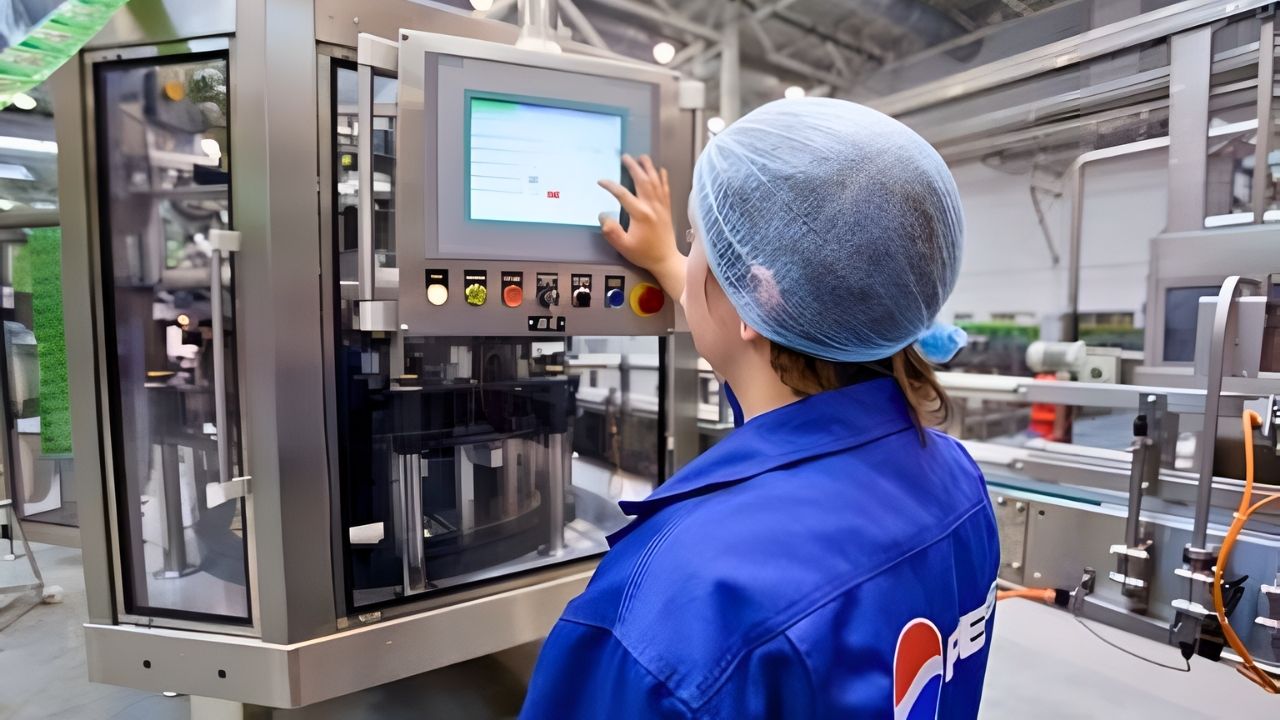
At 9 AM on November 4, 2025, PepsiCo sent shockwaves through the snack industry with an unexpected announcement: they would close multiple Frito-Lay facilities, affecting over 1,850 employees. By the end of 2026, the company will halt production in key plants in Florida, California, New York, and Michigan.
This drastic move comes despite PepsiCo’s revenue increase, leaving workers, consumers, and the industry at large grappling with the repercussions. What triggered this bold decision?
The Reason Behind PepsiCo’s Closures

The decision to close multiple factories comes after PepsiCo’s North American Food division experienced a 2% drop in snack volume in Q3 2025.
Despite a 2.6% revenue increase, rising operational costs and declining sales of traditional snack products led to the closures. CEO Ramon Laguarta emphasized the need to “optimize our cost structure” and accelerate growth, signaling the company’s attempt to adjust to evolving market conditions.
Consumers Feel the Impact on Availability

Consumers in Florida, New York, California, and Michigan will experience a reduced supply of Frito-Lay products. Popular snacks like Doritos and Cheetos may be harder to find due to the manufacturing shutdowns.
These closures will impact product availability during peak seasons, such as the holidays, leading to potential shortages and fewer options on grocery store shelves.
Fast Food Chains and Retailers Respond
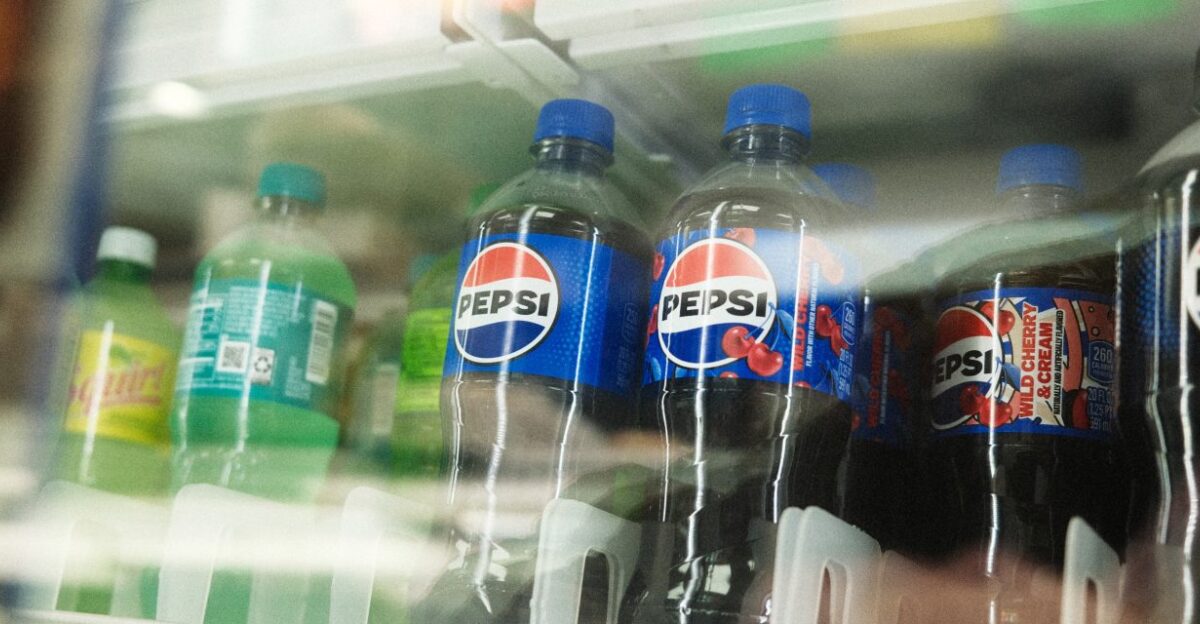
With PepsiCo’s closures, fast food chains and grocery retailers are adjusting their snack supply chains. Some are increasing orders from remaining PepsiCo facilities, while others are turning to alternative suppliers for their snack needs.
Retailers are also diversifying their snack offerings to ensure they can maintain inventory levels and meet customer demand, despite reduced output from PepsiCo.
Competitors Set to Gain Market Share
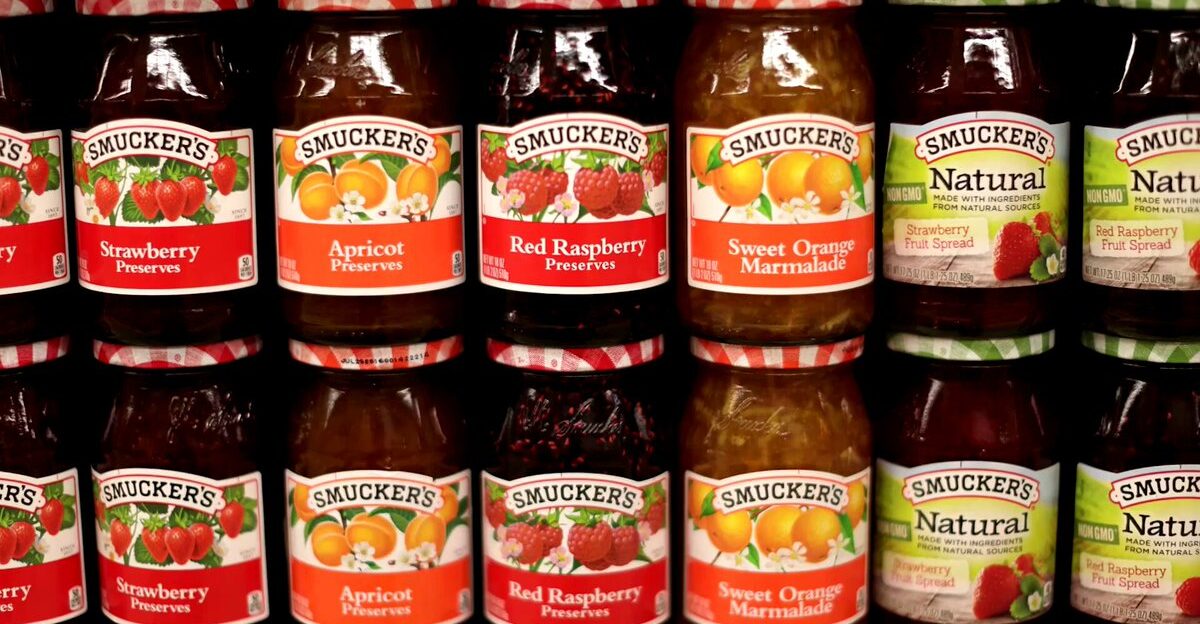
PepsiCo’s retreat from the snack manufacturing market has created an opening for competitors. Companies like General Mills and J.M. Smucker are poised to capture the market share left by PepsiCo’s factory shutdowns.
Additionally, health-conscious snack brands and private-label products are gaining popularity as consumers shift toward healthier alternatives to traditional processed snacks, further impacting PepsiCo’s market position.
Global Snack Trade May See Shifts

PepsiCo’s factory closures in the U.S. could disrupt global snack trade flows. The reduced domestic output of popular snacks may lead to increased imports or adjustments in export strategies.
As a result, global snack prices may rise, and PepsiCo may need to reassess its international supply chain to compensate for the decreased production capacity.
1,850 Workers Will Be Affected by the Closures

Over 1,850 PepsiCo employees across multiple states will lose their jobs as a result of the closures. In Orlando, 500 workers will be impacted, along with employees in California, New York, and Michigan.
While PepsiCo has promised transition assistance, the uncertainty surrounding these job losses underscores the difficulty workers will face as they try to find new employment opportunities.
Government and Policy Response to the Layoffs

In response to the widespread layoffs, local and state officials in Florida, New York, California, and Michigan are calling for economic support and retraining programs.
Lawmakers are urging the federal government to step in and provide aid to affected communities. These closures highlight the need for more robust government intervention to help workers who are displaced in the current economic climate.
Snack Industry Contraction Reflects Broader Economic Trends
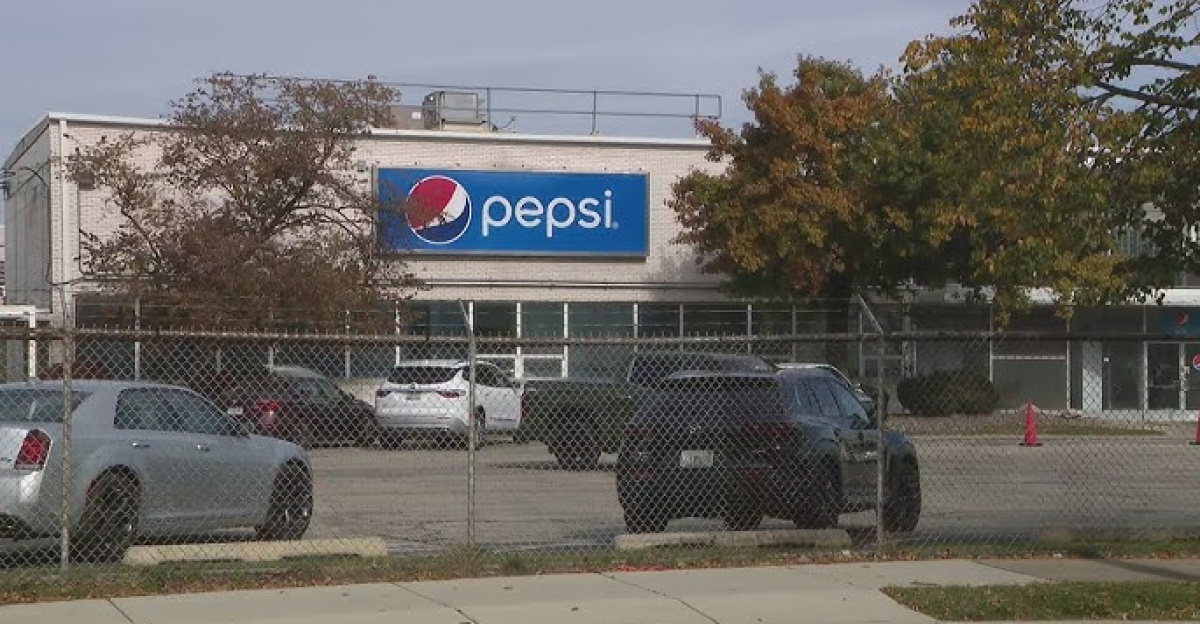
PepsiCo’s closures reflect broader inflationary pressures within the U.S. economy. As consumers cut back on discretionary spending, snack sales have been impacted, contributing to PepsiCo’s decision to shut down key facilities.
This contraction in the snack manufacturing sector is part of a larger trend affecting industries across the board, exacerbating job losses and economic instability.
Retailers Adapt with New Strategies
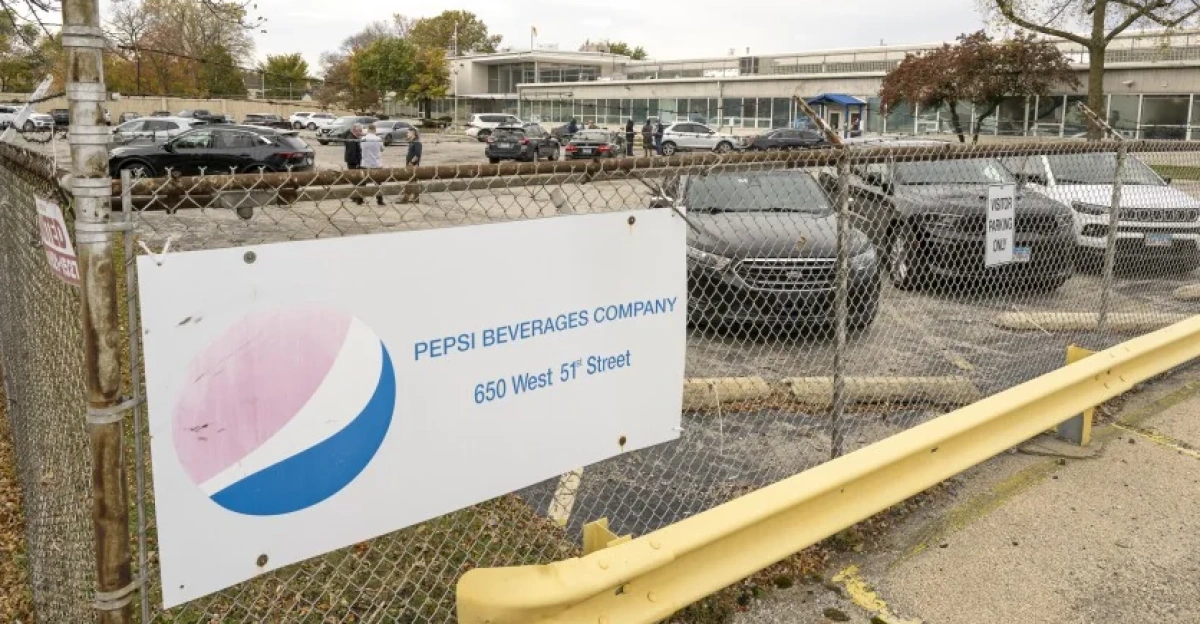
Retailers are adjusting their strategies in response to the snack shortage caused by PepsiCo’s plant closures. Many are promoting alternative snack brands, focusing on healthier products, and adjusting their pricing strategies.
Some retailers are also leveraging loyalty programs and targeted promotions to retain customers amid the changing supply dynamics in the snack aisle.
Restaurants Seek Substitutes for Snack Shortages
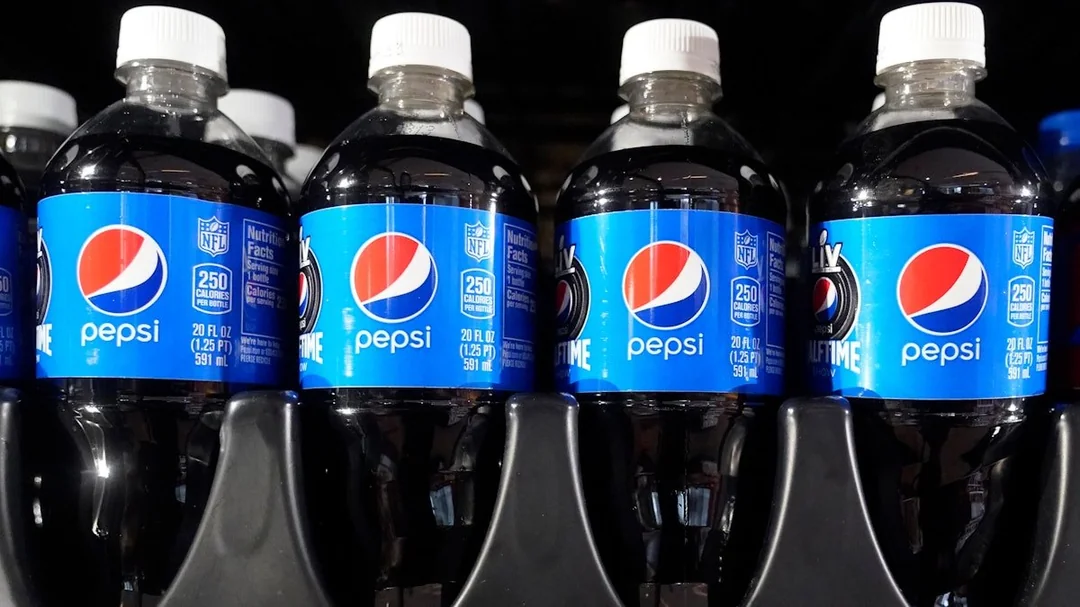
Restaurants and hospitality businesses that rely on Frito-Lay products are exploring substitutes due to PepsiCo’s plant closures.
These businesses are seeking alternative snack suppliers or experimenting with new snack pairings to maintain variety on their menus. This shift in the restaurant industry is just one of the ripple effects of PepsiCo’s major restructuring.
Impact on Suppliers and Related Industries

The closures in PepsiCo’s snack manufacturing operations will also affect related industries, such as packaging, logistics, and agriculture. Farmers who supply ingredients like potatoes and corn to Frito-Lay may see a reduction in demand.
Similarly, trucking and warehousing firms will have to adjust to lower production volumes as PepsiCo cuts back on its manufacturing output.
Global Consumers Could See Product Shortages

PepsiCo’s restructuring may affect global snack availability, with international markets experiencing shortages or delays. As PepsiCo adjusts its production and export strategies, some regions may see an increase in imported U.S.-made snacks, while others might face a decline in supply.
This shift in the global snack trade highlights the broader impact of the closures on PepsiCo’s operations worldwide.
The Shift Toward Healthier Snacks

The closures come at a time when consumers are increasingly shifting toward healthier snack options. Research indicates that about one-third of global consumers have increased their intake of better-for-you snacks.
As a result, PepsiCo is reformulating its product offerings to align with changing consumer preferences, but the broader industry is also embracing this trend.
Cultural Debate: The Future of Processed Snacks
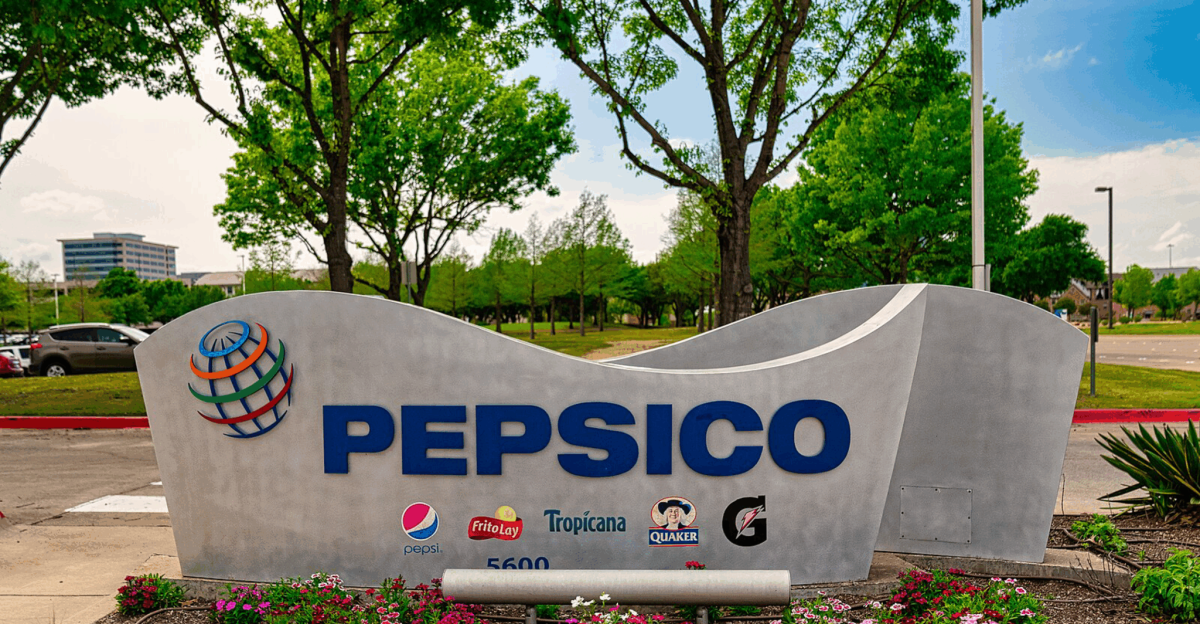
PepsiCo’s factory closures have ignited a cultural debate about the future of processed snacks in America.
While some see the closures as an opportunity for healthier alternatives to take center stage, others mourn the loss of iconic brands like Doritos and Cheetos. The debate continues to center on sustainability and the role of processed snacks in American food culture.
Winners and Losers in the Snack Industry
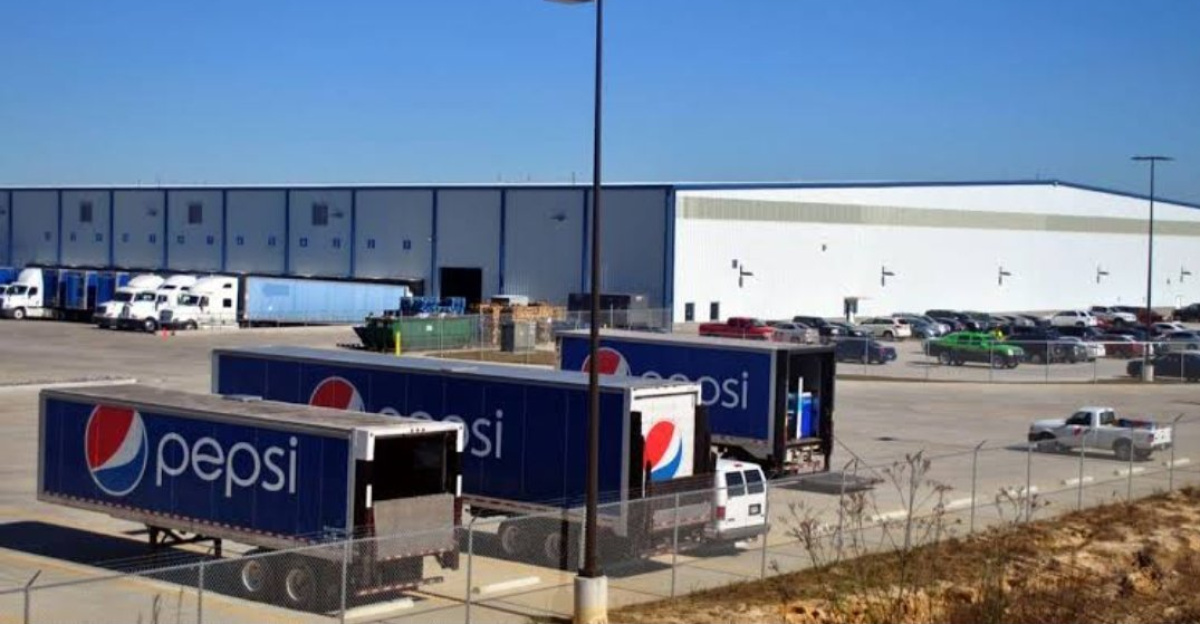
Health-focused snack brands and private-label manufacturers stand to benefit from PepsiCo’s plant closures. As traditional snack manufacturers contract, these companies will capture a larger share of the market.
However, communities that rely on these factories for jobs, as well as suppliers tied to Frito-Lay’s production network, will face significant financial losses.
Investors Closely Monitor PepsiCo’s Strategy

Investors are carefully observing PepsiCo’s restructuring efforts. While some activist investors push for deeper cuts, analysts are divided on whether these moves will pay off in the long run.
Some believe cost-cutting will boost profits, while others worry that the company may damage its brand value and consumer loyalty with these sweeping changes.
What Consumers Can Do Amid the Changes
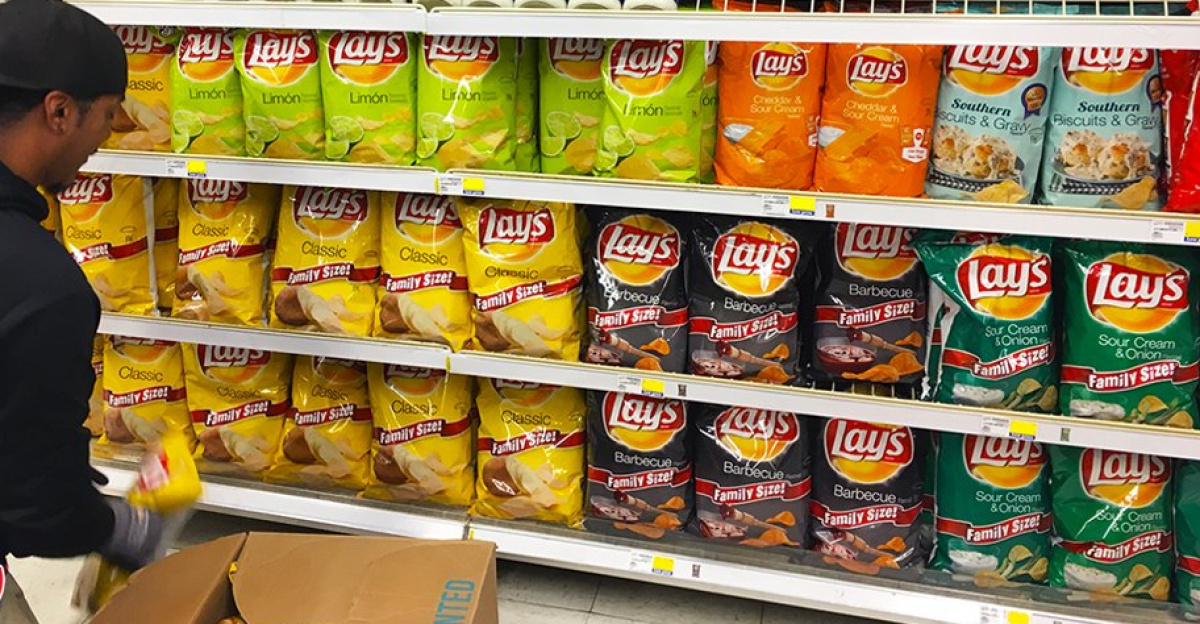
Consumers may want to stock up on their favorite Frito-Lay snacks as availability decreases in certain regions.
Exploring alternative snack brands and healthier options can help mitigate the impact of potential shortages and rising prices in the snack aisle. Adjusting purchasing habits could ease the transition as the snack market adapts to these shifts.
What’s Next for PepsiCo and the Snack Industry?
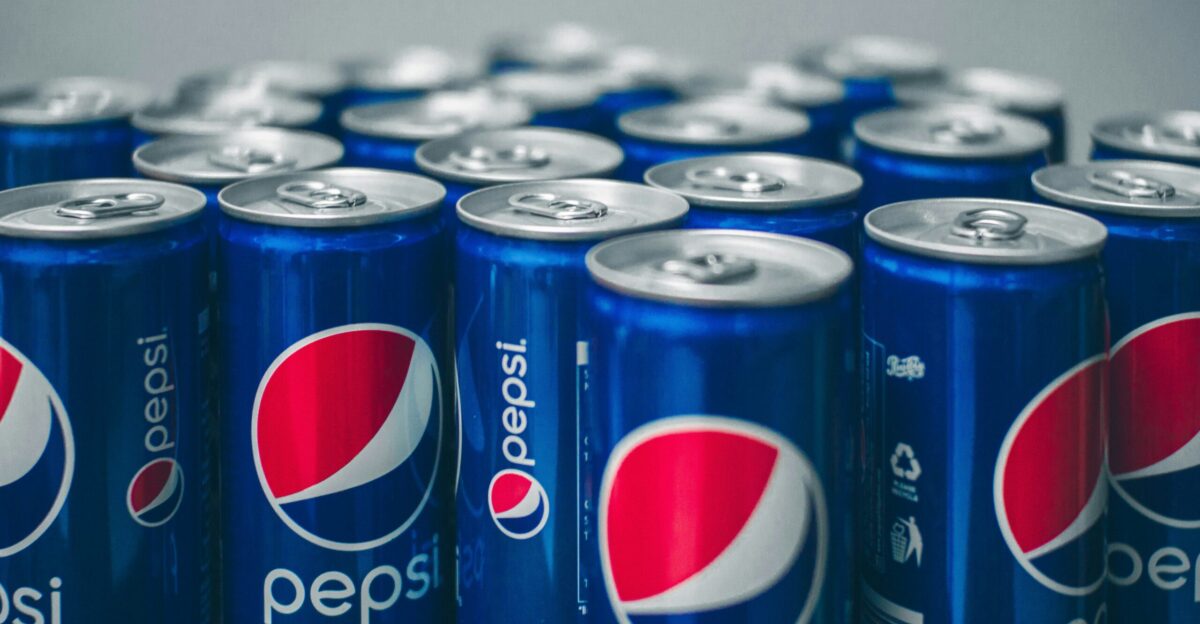
PepsiCo plans to invest in innovation and streamline its operations, hoping for a recovery in 2026. The company’s response to shifting consumer preferences and economic challenges will determine the future of the American snack industry.
How PepsiCo adapts will likely set the tone for other snack companies in the years to come.
The Ongoing Ripple Effect in the Snack Industry
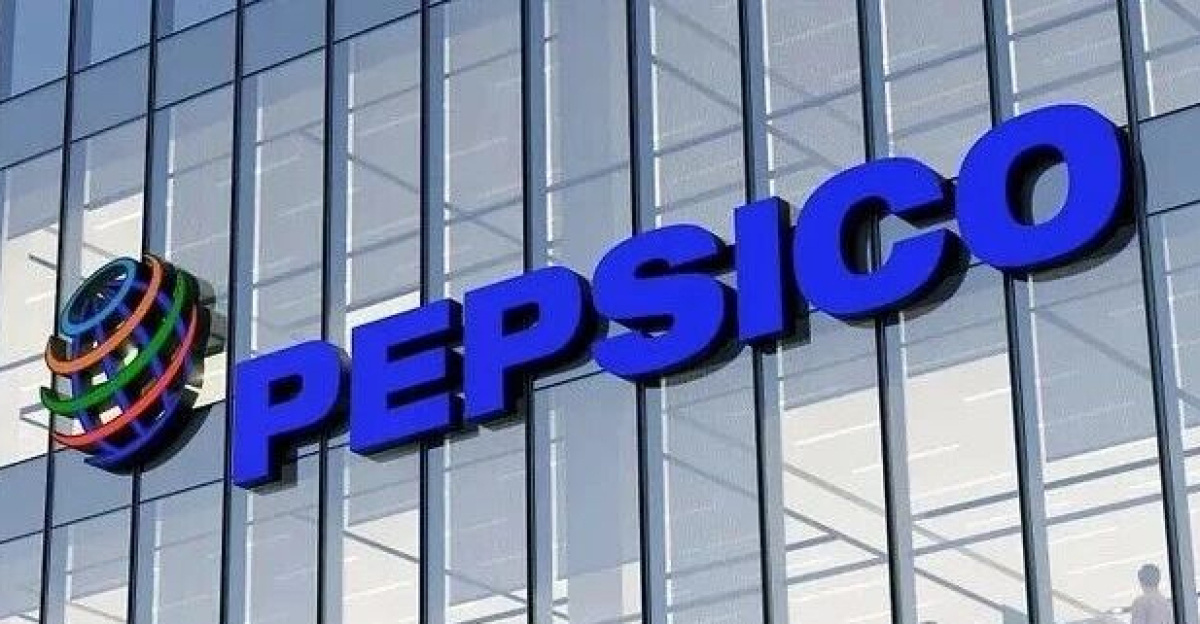
PepsiCo’s factory closures mark a pivotal moment in the snack industry, signaling deeper changes in consumer behavior, economic realities, and the future of manufacturing.
As the ripples from this restructuring spread, the industry will face a period of profound transformation, with significant implications for workers, consumers, and global supply chains.


